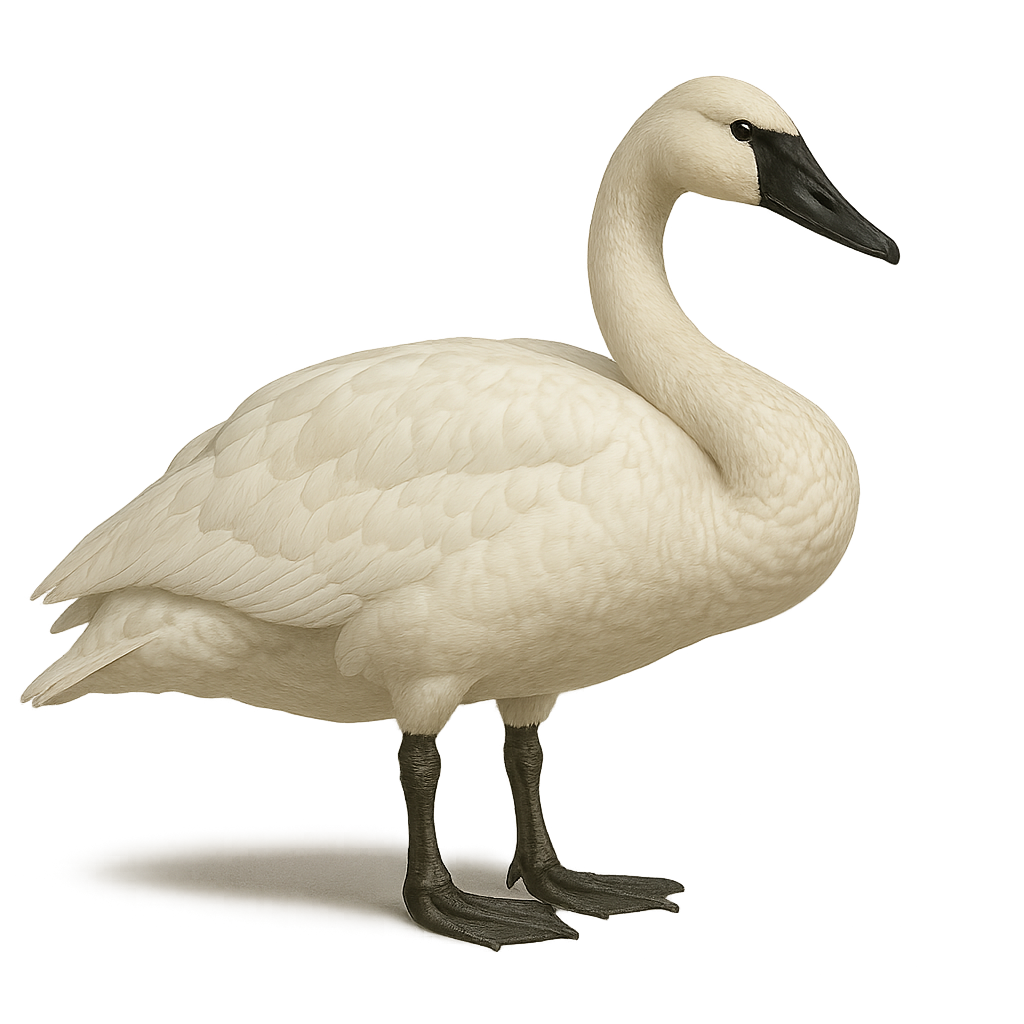Your wildlife photography guide.
Explore the trumpeter swan in detail, study its behavior, prepare your shots.
Where to observe and photograph the trumpeter swan in the wild
Learn where and when to spot the trumpeter swan in the wild, how to identify the species based on distinctive features, and what natural environments it inhabits. The WildlifePhotographer app offers tailored photography tips that reflect the trumpeter swan’s behavior, helping you capture better wildlife images. Explore the full species profile for key information including description, habitat, active periods, and approach techniques.
Trumpeter Swan
Scientific name: Cygnus buccinator

IUCN Status: Least Concern
Family: ANATIDAE
Group: Birds
Sensitivity to human approach: Suspicious
Minimum approach distance: 30 m
Courtship display: April to June
Incubation: 32-37 jours
Hatchings: May to July
Habitat:
Lakes, marshes, rivers
Activity period :
Primarily active during the day, with peak activity in the morning and late afternoon.
Identification and description:
The Trumpeter Swan, Cygnus buccinator, is the largest swan in North America, renowned for its pure white plumage and long, elegant neck. It is distinguished by its black bill and dark eyes. Its powerful, resonant call, reminiscent of a trumpet, gives it its name. This majestic swan frequents lakes, marshes, and rivers, feeding primarily on aquatic plants. It is often seen in small family groups. Although its population was once threatened by hunting and habitat loss, conservation efforts have led to an increase in numbers. The Trumpeter Swan is a symbol of beauty and grace in aquatic ecosystems.
Recommended lens:
400 mm – adjust based on distance, desired framing (portrait or habitat), and approach conditions.
Photography tips:
To photograph the Trumpeter Swan, choose the golden hours of morning or evening for soft, flattering light. Use a 400mm or longer telephoto lens to capture details without disturbing the bird. Be patient and discreet, maintaining a distance of at least 30 m to avoid scaring it. A tripod can be helpful for stabilizing your camera, especially when using a long focal length. Take advantage of reflections on the water to add interest to your compositions.
The WildlifePhotographer App is coming soon!
Be the first to explore the best nature spots, track rutting seasons, log your observations, and observe more wildlife.
Already 1 439 wildlife lovers subscribed worldwide

